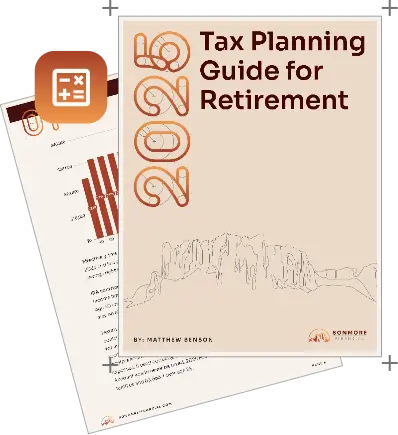Table of contents
It’s no secret that higher education is expensive, and the price tag continues to grow. In fact, college tuition has risen about 8% per year on average, meaning it doubles every 9 years. As such, the longer one has to save and prepare to take on this expense, the better off they will be. That’s why grandparents can play an important role in helping their grandchildren pay for college. Instead of buying them the next cool gadget for their birthday, why not give them the gift of an education? And truly, what’s better than that? It’s a gift that keeps on giving. Here we’ll dive into some of the ins and outs of helping your grandkids pay for college.
FAFSA
The FAFSA Simplification ACT (FSA) was passed at the end of 2020 and is in the process of being implemented. Prior to FSA, extended family members were cautious about where and how they contributed to grandkids’ (or nieces and nephews’) college with the justified fear that contributing could reduce the students’ ability to qualify for student aid. Prior to FSA, a contribution from a grandparent or any non-parent would’ve been added into the calculation for the expected family contribution (EFC). The old EFC has now been replaced by the Student Aid Index (SAI). In short, extended family members no longer need to worry that contributing to college costs might have a negative impact on a student’s ability to qualify for student aid.
In addition to this change, the application process will also be simplified. According to a study from the National College Attainment Network, the freshman class of 2021 left about $3.75 billion of Pell Grant money on the table because they did not complete their FAFSA.
529 Plans
529 plans have long been a vehicle for families to save for their children’s college. For starters, they have great tax advantages. Funds grow tax-free and distributions are tax-free if the funds are used for qualified education expenses. Several states also provide a state income tax benefit. Arizona, as an example, provides a state tax deduction of $4,000 per beneficiary when filing jointly for contributions made to a 529 plan on top of the federal tax benefits of tax-free growth and tax-free distributions when the funds are distributed.
How much should you contribute?
When it comes to determining what is an appropriate amount to contribute to a grandchild or extended family member’s college fund, there are a few things to consider. First, you should decide whether you want to contribute a one-time gift or a recurring one. You should also consider how much your target savings is, as well as determine how you will keep things equal and fair among family members. As an example, if you had two grandchildren that were spaced five years apart and you gave the same amount on an annual basis to each grandchild, the younger grandchild could end up with a similar dollar amount as the older grandchild. However, if the cost of education continued to rise during that five-year gap, the younger grandchild’s dollar amount could end up not going as far as it did for the older grandchild.
Oftentimes families will determine how much to contribute by determining how much they would like to have in the 529 by the time the child is a going into their freshman year of college and then adjusting that amount for inflation. Other times families will determine how much to contribute simply based off of how much they can afford on a monthly or annual basis, again, adjusted for inflation. There isn’t a right or a wrong way to decide how much you will give and regardless of how much you can or want to contribute, you should recognize that you’re doing a very generous thing for your loved one.
Plan with Sonmore Financial
At Sonmore Financial, we seek to create a financial path that’s right for you. Whether you’re interested in a 529 plan or some other gifting strategy, we offer expert counsel for parents and grandparents who want to ensure the best possible education for the next generation. Our advisors can lead you through a menu of options to find the strategy that works best for you. Please don’t hesitate to get in touch to learn more.



